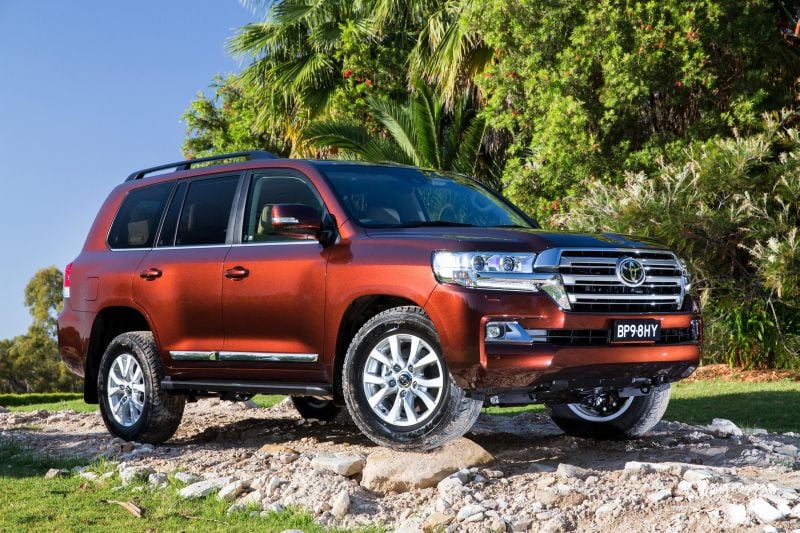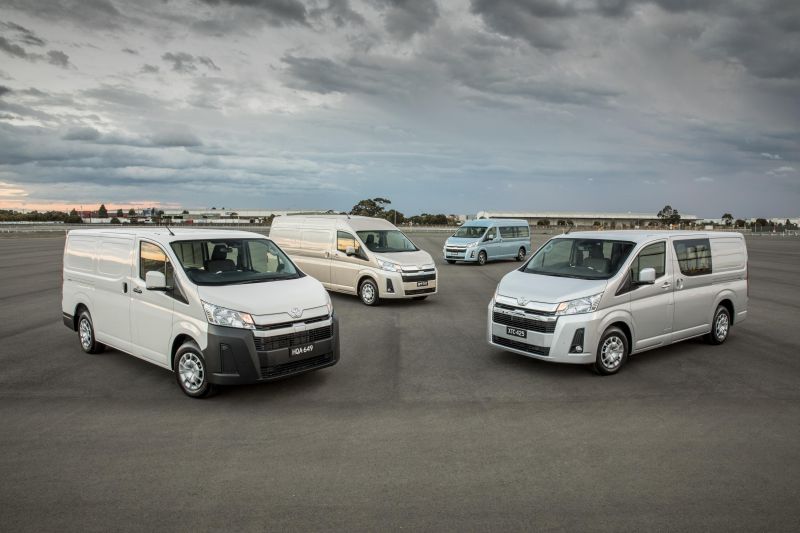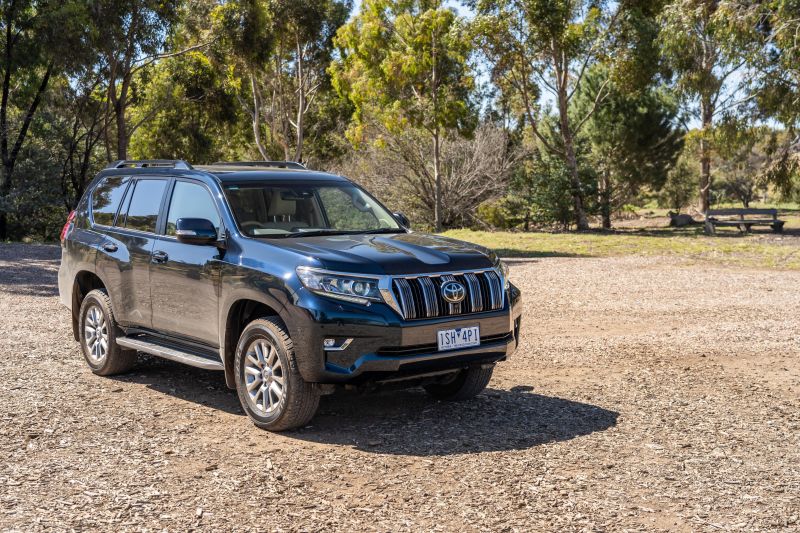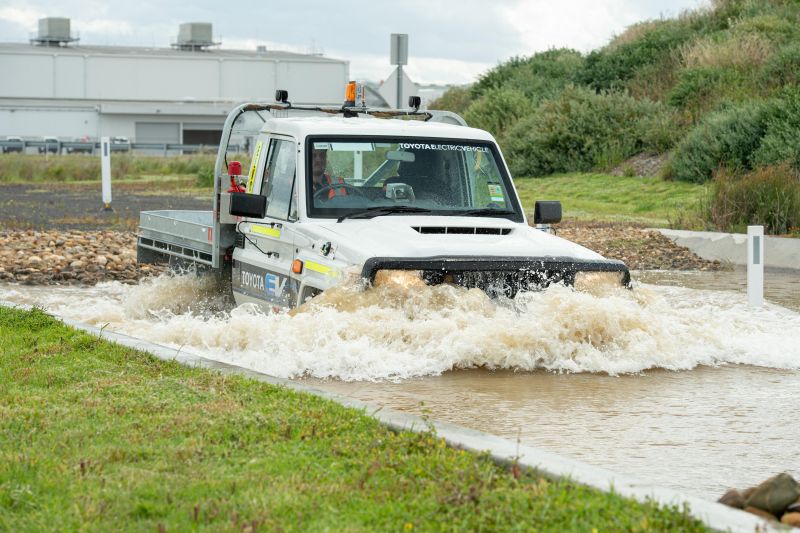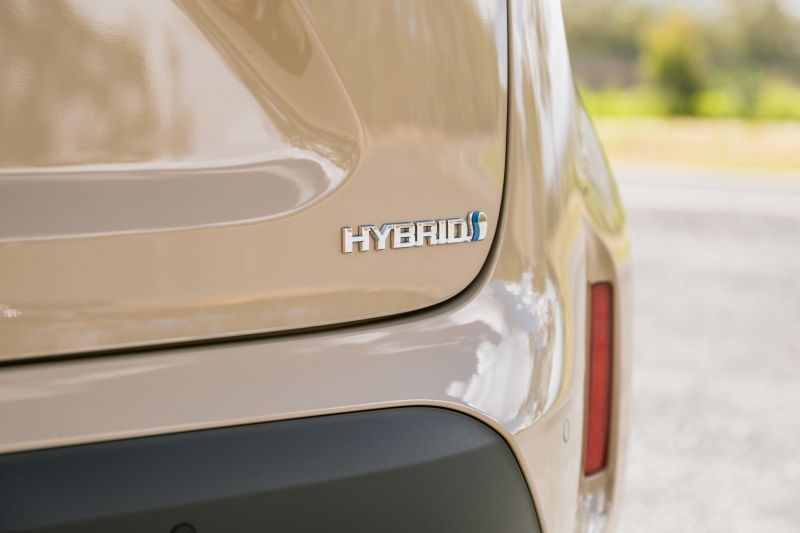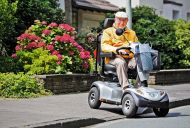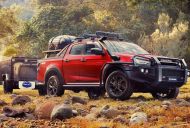Hybrid-electric versions of the top-selling Toyota HiLux ute, Prado SUV, LandCruiser 4×4 and cab chassis, and HiAce van will hit the Australian market before 2030.
Toyota says it hasn’t locked in whether they’ll be petrol-electric like Toyota’s other hybrids, or diesel-electric, reflecting regional preferences and farmsite/depot fuel storage. Either way, they’ll have a degree of Australian engineering and development input.
The company always intended to have hybrids across its range – originally by 2025, now listed as 2030, construed as a development delay – but this week expressed its plan for hybridisation of commercial and regional-focused vehicles with specificity.
“Eco-friendly vehicles can only make a meaningful reduction in CO2 if they achieve widespread use. This means expanding customer choice by offering a full lineup of electrified technologies and vehicles,” Toyota Australia vice-president of sales and marketing Sean Hanley said this week.
“We plan to offer an electrified option across virtually our entire model range, including commercial vehicles, as early as 2030. This target includes vehicles like LandCruiser, and HiLux.
“This reflects our commitment to providing a choice for every customer towards carbon neutrality, no matter where they live, no matter their financial status, or how they use their vehicle. Customers have diverse needs, especially in a large continent like Australia… no one will be left behind.”
When pressed on why the promise of range-wide hybridisation (excluding the GR sports brand) had been pushed back by up to five years, Mr Hanley said “light commercial vehicles were always going to have a slightly delayed response to electrification [compared to] passenger cars and SUVs”.
While Toyota Australia has reduced the CO2 outputs of its passenger cars and road-focused SUVs with greater application of hybrid – 54,000 cars, 26 per cent of its grand total, sold last year were petrol electric – its heavy SUVs and commercials emitted more CO2 on average than targeted in the roadmap to 2030.
“We never suggested that we could achieve the self-regulated FCAI targets in year one, we never said that,” Mr Hanley insisted.
“… But we’ve made a very firm commitment today by 2030, 100 per cent of our model lineup will have some type of electrification. And I think that goes without saying that that would have to include commercial vehicles.”
The question of how this technology will manifest seems to remain an open one, indicating development work hasn’t got to the late stages.
“We’re considering diesel hybrids, petrol hybrids… we’re looking at all forms of lowering the CO2 through multiple technologies,” said Toyota Australia head of product planning Rod Ferguson.
“There’s clearly differences… even in some parts of Australia whether you can access diesel or petrol. Different industries like to store fuels for other equipment that they use. So it’s not necessarily stating a preference for one over the other, but we’re open minded to any of those pathways for electrifying.”
But Mr Ferguson did say Toyota’s Australian engineers and development team would be playing a part.
“Absolutely… our capable local team of engineers and technicians represents testing for the southern hemisphere, which we know is generally hotter than the northern hemisphere environments. And as we’ve said, any vehicle that we bring to Australia must maintain the appropriate level of suitability and quality that Toyota is respected for, so they’ll play a big role.”
Toyota Australia recently worked with mining giant BHP on an all-electric LandCruiser ute, developed for deep mines. It was converted from diesel to EV in Port Melbourne.
Toyota has been running what it calls a ‘hybrid roadshow’ for years, taking electrified cars into rural areas to explain how the technology will be best applied to 4×4-ing, towing, carrying loads, and travelling vast distances. Toyota dominates in regional Australia, as any country pub car park shows.
“We’re acutely aware, particularly in the Australian market where we have such diverse geographies, such a broad use of mobility and vehicles, whether it be for cities, rural sectors, agriculture, mining, whether it be for recreation, driving off-road, whatever it may be, there’s a very diverse use of vehicles in Australia,” reckons Mr Hanley.
“The reality is these vehicles going forward must be fit for purpose because ultimately the consumer will decide whether they will adopt electrification based on performance, practicality, capability, and affordability.
“So therefore… we must bring products to market that are fit for purpose, that give consumers the choice. This is a critical part of the adoption of electrification not only in this country, but anywhere in the world, actually.
“… One of Toyota’s great strengths in Australia has always been the product line-up. Its expansive product line-up, its fit for purpose product line-up, we will never deviate from trying to bring those cars to market that still do the kinds of things that Australian consumers want them to do.
“Just because you have battery electric, fuel-cell electric, hybrid, or plug-in hybrid, doesn’t mean the car has to be less capable. However, there is a development phase, particularly for commercial vehicles that is slightly extended on passenger and SUV. And that’s what you’re seeing here.
“Because there’s no user bringing a heavy SUV to market that can’t do the things customers want it to do. They just will not adopt it. So therefore, it’s incumbent on us at Toyota to be able to bring that capability to market without compromising on things customers want, particularly in Australia.”

